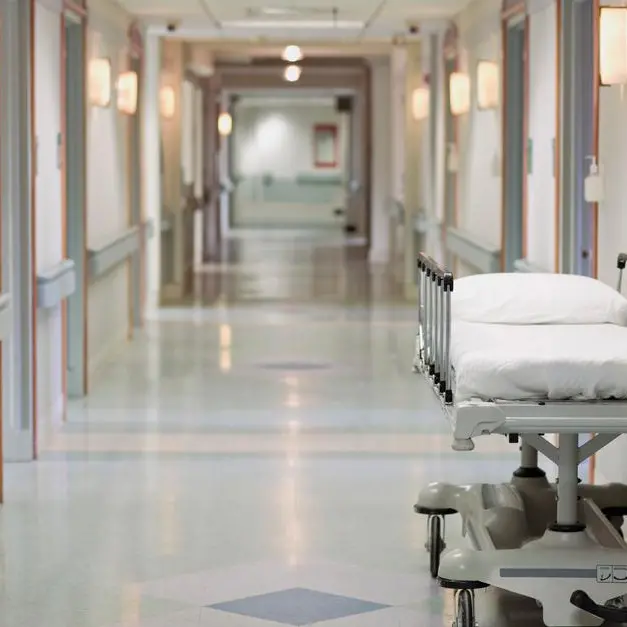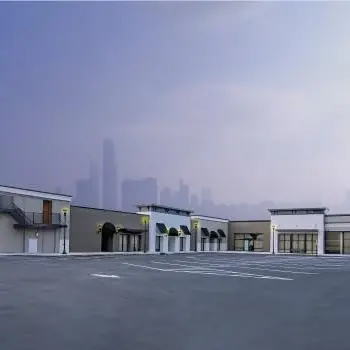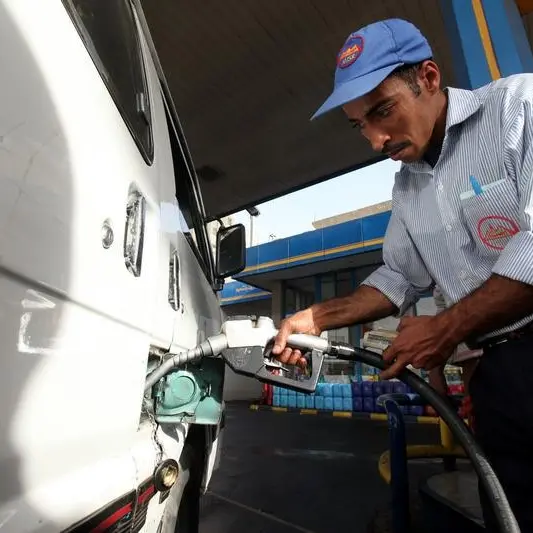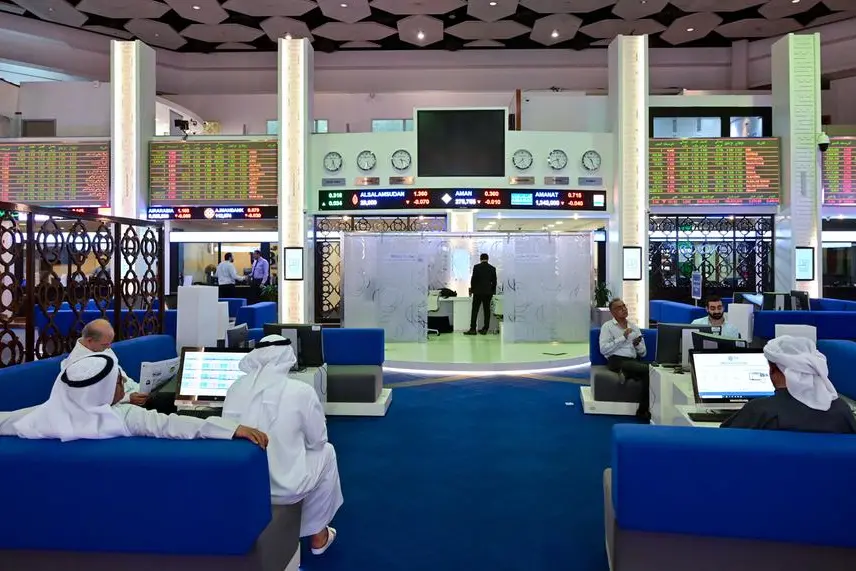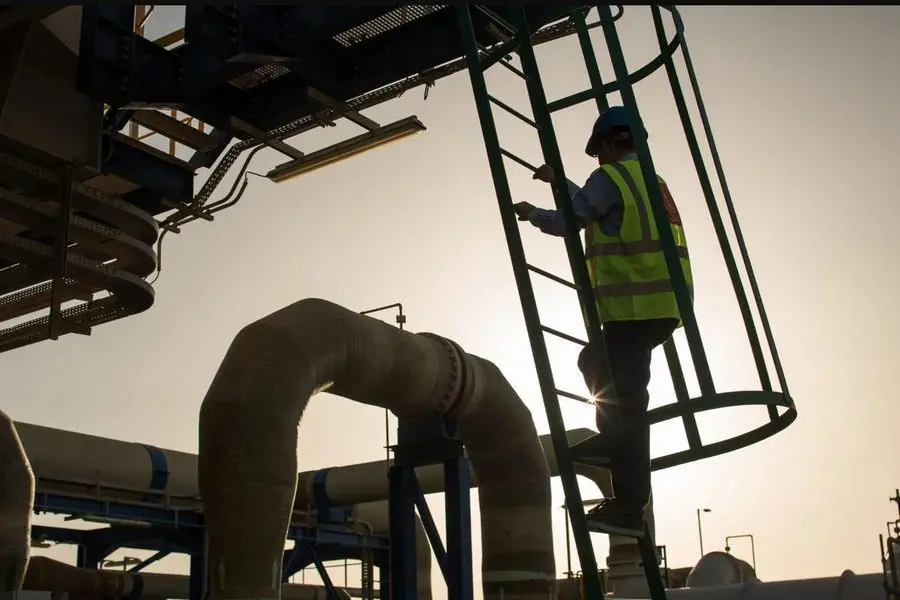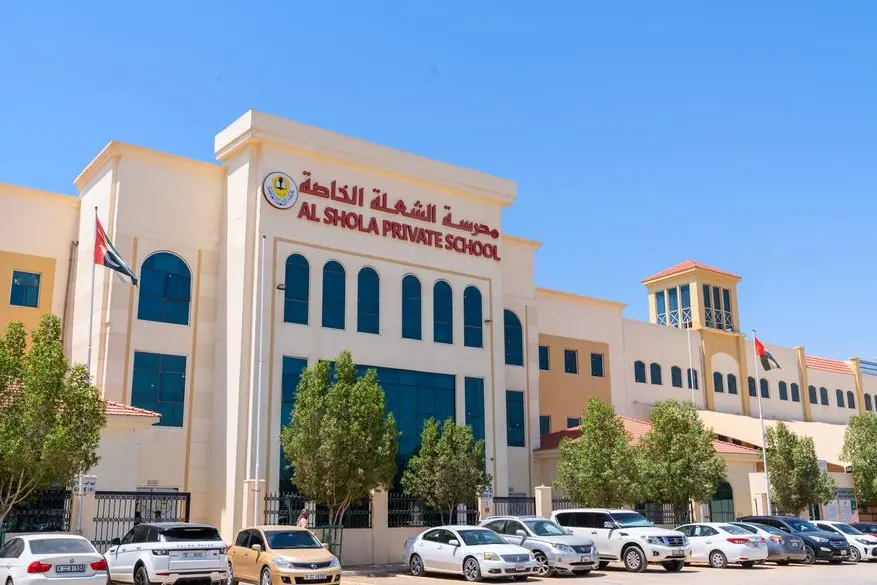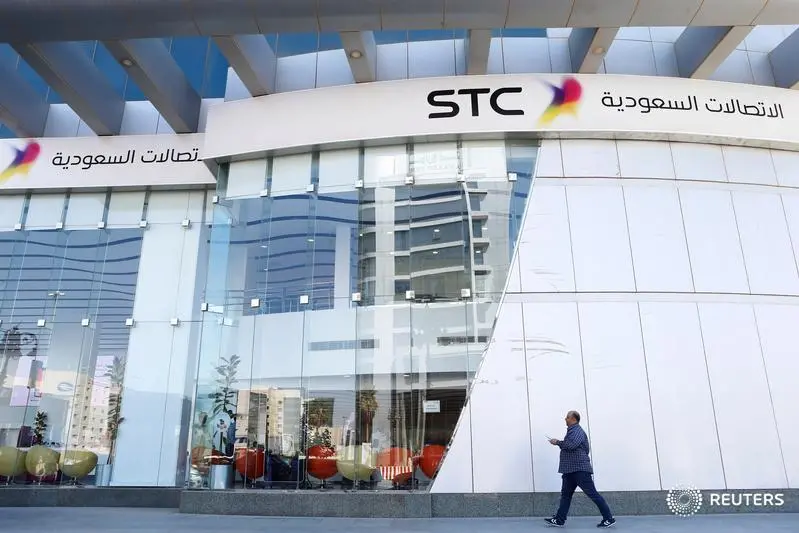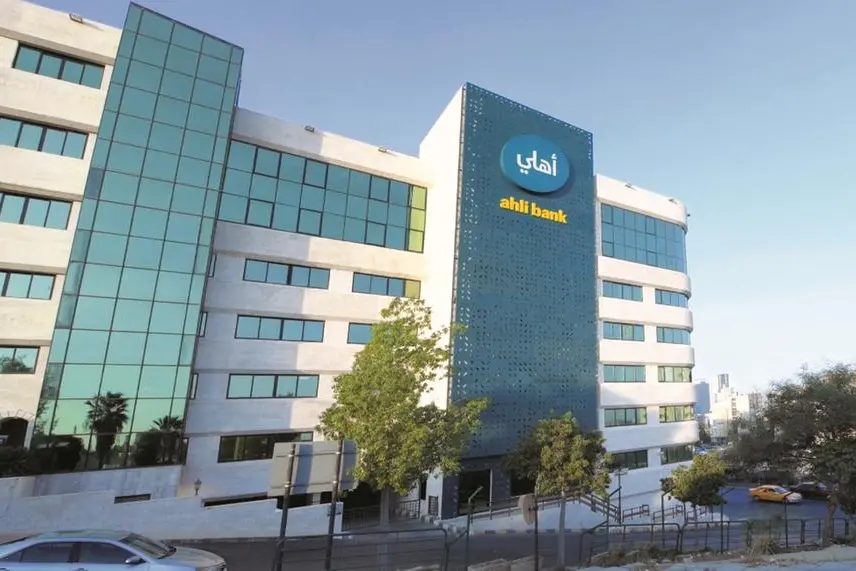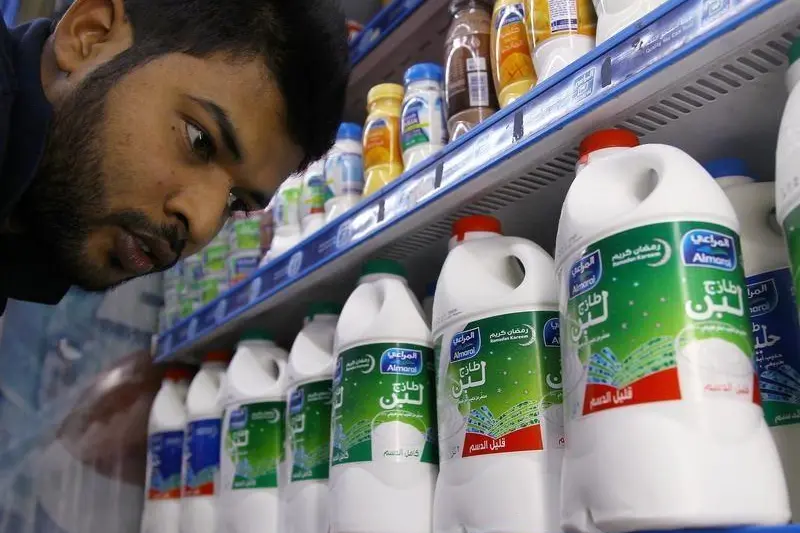PHOTO
On what is known as Blue Monday — the third Monday of the new year — I set off in search of a cheerful topic to write about. And since time and again we are told that technology is likely to save us from climate doom, I decided to browse through some of the ideas and promising developments that could save humanity and the planet.
From the pig’s tissue-based human heart implant to the tearless onions finally going on sale in British supermarkets, and from how lab-produced meat replacements could remove a chunk of the methane that is sent into the atmosphere by cattle to talk of fitting mirrors in the sky to deflect the sun’s rays and help cool our overheating planet. All of these sound great and could allow humanity to hope that all is not lost and believe that technology and science are likely to save the planet on their own.
The COP26 climate change summit held in Glasgow late last year failed to provide the breakthrough that many had hoped for as humankind attempts to find the agreement necessary to ensure global warming is limited to 1.5 degrees Celsius above pre-industrial levels. Though the US and China issued a joint declaration to work together to reduce emissions, blueprints for such work might come very late, if at all. But on the third Monday of January, one must stay optimistic.
Meanwhile, one hopes that 2022 will not resemble 2021 in terms of the summer floods in China and Germany that killed hundreds and destroyed crops or the wildfires that ravaged Greece, Italy, Turkey, Israel and Algeria. But that might be ambitious, as all indications point to more of the same, with humankind likely to continue its long sleepwalk to doom. The Netflix movie “Don’t Look Up,” which caused a stir recently, showed how modern day individuals are unable to see beyond their respective bubbles and be concerned about impending catastrophe.
The most promising of the technologies I looked into, which made me somewhat hopeful, was a planetary-scale engineering scheme designed to cool the Earth’s surface and lessen the impact of global warming. This plan is based on so-called solar radiation modification and it works by injecting billions of sulfur particles into the middle atmosphere in the hope of turning back some of the sun’s rays that warm our planet.
However, my happiness was short-lived, as it seems that 60-plus experts and scientists this week warned governments and asked them to block this process, stating that its consequences could outweigh any benefits. The experts wrote an open letter stating that the deployment of solar geoengineering cannot be governed globally in a fair, inclusive and effective manner. They asked governments, the UN and other world actors to prevent the normalization of solar geoengineering as a climate policy option.
Pushed to buy time until better solutions emerge to stall climate change, some want to embrace solar geoengineering and artificially dim the sun’s radiative force, but studies have shown that this could disrupt monsoon rains and, in parts of Asia and Africa, ravage rain-fed crops that feed hundreds of millions of people.
The UN’s Intergovernmental Panel on Climate Change said in a recent assessment that “stratospheric sulfate injection weakens the African and Asian summer monsoons and causes drought in the Amazon as well.” Though some regions could benefit from this technology, such as by curtailing the risk of drought in southern Africa, scientists have been worried about the so-called termination shock in case seeding the atmosphere with sun-blocking particles was to stop suddenly, which could lead to a rapid surface temperature increase, according to the IPCC.
Solar radiation modification would also do nothing to stop the continuing buildup of atmospheric carbon dioxide, which is literally changing the chemistry of the oceans.
In short, reversing climate change cannot be done through science and technology alone or by governments acting on their own. And this burden should also not fall on unsupported farmers or consumers alone.
But the clock is ticking and I did come across a more hopeful template that might offer some potentially positive news. In the Middle East, climate change has been hitting all countries hard. Since the 1950s, average temperatures in the Eastern Mediterranean have risen by 2 C, with another 4 C increase likely by the end of the century. However, an initiative between Jordan, Israel and Palestine has come up with a down-to-earth solution called the “Green Blue Deal.” The green part will aim to provide clean energy and reduce emissions through the use of solar farming. The blue of the deal refers to water, whose supply is becoming shorter across the region, with a 40 percent decrease in rainfall expected by the end of the century, according to recent modeling.
The deal consists of the three entities working together, using Jordan’s vast swath of sunny lands to produce power and take it to the Palestinian territories and Israel’s grid. In return, Jordan will get cheaply produced desalinated water from plants built on the Mediterranean coastline of its neighbors that are powered by solar energy.
Yes, there will be many challenges to overcome in a polarized region like the Middle East. But solving the problem of climate change might bring people together, through a bit of science and technology, some behavioral adjustment and a lot of goodwill. Raising hopes of protecting the planet through technological quick fixes can only mislead society and disincentivize governments and businesses to do their utmost to achieve decarbonization or carbon neutrality as soon as possible.
- Mohamed Chebaro is a British-Lebanese journalist, media consultant and trainer with more than 25 years’ experience covering war, terrorism, defense, current affairs and diplomacy.
Copyright: Arab News © 2022 All rights reserved. Provided by SyndiGate Media Inc. (Syndigate.info).




